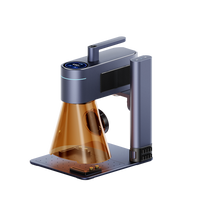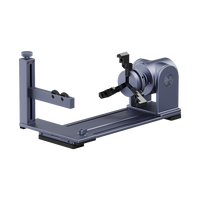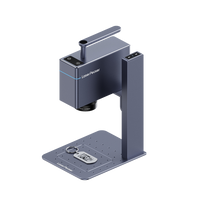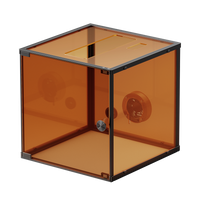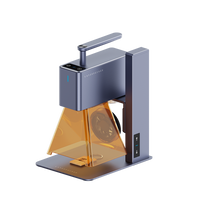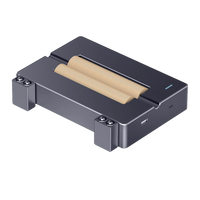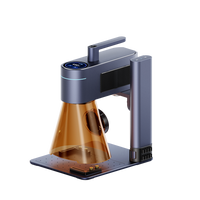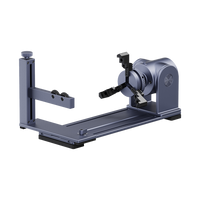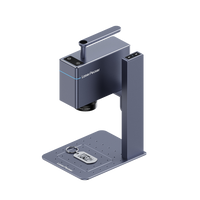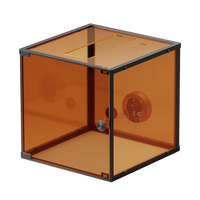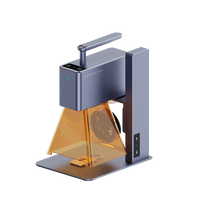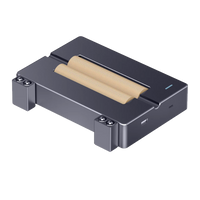Laser cutting of nylon has become an invaluable process across diverse industries, leveraging the material's versatility, precision, and durability. Whether in fabric or plastic form, nylon's applications span from fashion and textiles to industrial components, aerospace, and medical devices.
This guide explores the essentials of laser cutting nylon, covering safety precautions, material preparation, laser cutter setup, and post-cutting steps. Additionally, frequently asked questions shed light on various aspects, from specific applications in outdoor gear and aerospace to considerations for artistic projects and educational models. Understanding the intricacies of laser-cutting nylon ensures successful outcomes in a wide array of manufacturing and creative endeavors.
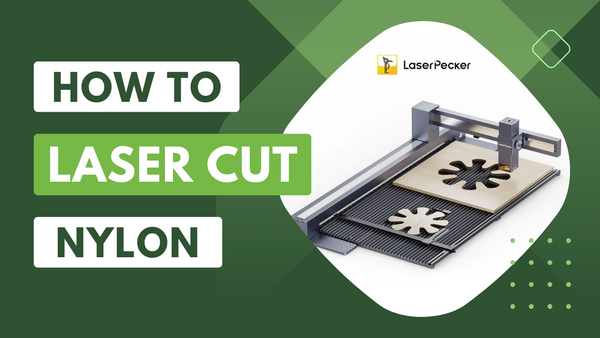
In this article:
Part 1: What Types of Nylon Can Be Laser Cut?
Laser cutting is a versatile method, but not all types of nylon are suitable for this process. Generally, nylon types that can be laser cut include those with moderate melting points and good thermal stability. Here are some common types of nylon that are often suitable for laser cutting:
Nylon 6 (PA 6):
Nylon 6 is a common nylon type that is suitable for laser cutting.
It has a relatively low melting point compared to some other nylons, making it more compatible with laser cutting processes.
Nylon 6/6 (PA 6/6):
Nylon 6/6 is another widely used nylon type that can be laser cut.
It offers good thermal stability and can be processed using laser cutting techniques.
3. Nylon 11 (PA 11):
Nylon 11 is known for its flexibility and chemical resistance.
It can be laser cut, especially in applications where its specific properties are desirable.
4. Nylon 12 (PA 12):
Nylon 12 is a flexible and chemical-resistant nylon that is suitable for laser cutting.
It is often used in tubing and flexible components.
Part 2: Applications of Laser Cut Nylon
Nylon Fabric Applications:
- Fashion and Textiles: Laser-cut nylon fabrics are used in the fashion industry to create intricate patterns and designs on clothing, lingerie, and accessories.
- Upholstery: Nylon fabrics may be laser-cut for upholstery applications in furniture and automotive interiors.
- Outdoor Gear: Nylon fabrics are utilized in outdoor gear such as backpacks, tents, and rainwear, where precision cutting can enhance design elements.
Nylon Plastic Applications:
- Industrial Components: Laser-cut nylon is employed to create custom components like gears, bearings, spacers, and seals for industrial machinery.
- Automotive Parts: Nylon is used in the automotive industry for laser-cut components such as gaskets, insulators, and interior parts.
- Aerospace Components: Laser-cut nylon may be used in the aerospace industry for lightweight components with specific geometric shapes.
Part 3: How to Laser Cut Nylon - Step by Step Guide
Laser cutting nylon involves using a laser beam to precisely cut through the material. Here's a step-by-step guide on how to laser cut nylon:
Safety Precautions:
- Familiarize yourself with the manufacturer's guidelines and recommendations for your specific laser cutting machine.
- Wear appropriate personal protective equipment (PPE), including safety glasses, to protect your eyes from the laser.
- Ensure proper ventilation in the cutting area or use an external exhaust system to remove any fumes produced during the process.
Material Preparation:
- Confirm that the specific type and formulation of nylon you're using are suitable for laser cutting. Not all nylons react the same way to laser cutting.
- Securely fix the nylon sheet to the laser cutting bed to prevent any movement during the cutting process.
Laser Cutter Setup:
- Start with low power settings and moderate cutting speeds to prevent excessive melting. You may need to adjust these settings through trial and error.
- Ensure that the laser beam is correctly focused on the surface of the nylon. Proper focusing is crucial for achieving accurate and clean cuts.
Test Cuts:
- Before cutting your final design, perform test cuts on a small piece of nylon to determine the optimal laser settings for your specific material.
- Nylon has a relatively low melting point. Adjust the laser settings to minimize melting while still achieving a clean cut.
Laser Cutting Process:
- Use vector cutting for precision. Vector cutting involves cutting along the outline of a vector graphic, ensuring accuracy.
- Start the laser cutter and run the cutting process based on the established parameters. Monitor the cutting process to ensure consistent results.
- After the cutting is complete, inspect the cut edges for quality. If there are melted or fused areas, you may need to adjust the laser settings.
Post-Cutting Steps:
- If necessary, use a fine abrasive material or sandpaper to clean up any melted or rough edges, ensuring a smooth finish.
- Remove any residue or debris left on the cut material. Compressed air or a soft brush can be used for cleaning.
- Inspect the final product to ensure it meets your quality standards.
Part 4: FAQs about Laser Cut Nylon
Q1: Can I laser-cut nylon fabric for fashion applications?
A1: Yes, laser-cutting is commonly used in the fashion industry for intricate designs on nylon fabrics. Proper settings are crucial to avoid damage to the fabric.
Q2: Can laser-cut nylon be used for prototyping?
A2: Yes, laser-cutting nylon is commonly used in engineering and prototyping for creating precise components due to its accuracy and versatility.
Q3: Can I laser-cut nylon with additives or fillers?
A3: The presence of additives or fillers in nylon formulations may affect the laser cutting process. Consult with the material supplier for compatibility and conduct test cuts.






